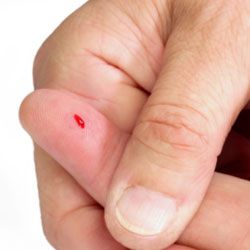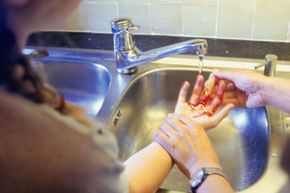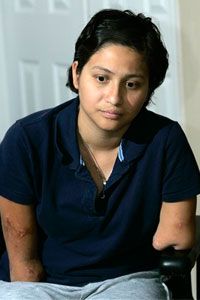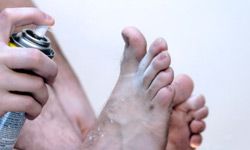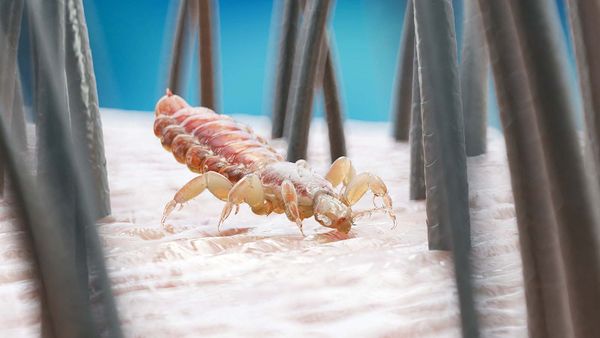In April 2009, Rob Marshall's youngest daughter stayed home sick for the day. So he did what most parents need to do in that situation; he stayed home with her. And, in most cases, for most parents, the story would end there.
Instead, for Marshall, his tale turned into a horror story. After sitting all day, he had a slight, unexpected pain in the back of his thigh. This transitioned to increasingly excruciating pain, which then led to six weeks in the intensive care unit, almost losing his leg while doctors worked to remove dying tissue during five surgeries, receiving 23 units of blood and going into kidney failure [source: Marshall].
Advertisement
What could have caused this sudden, odd turn of events after a seemingly normal day? Well, if you were playing medical detective while reading the above paragraph, you may have thought of a number of possible causes for Marshall's illness (one that, thankfully, he eventually recovered from). However, you would only take the detective medal of honor if you guessed necrotizing fasciitis, more commonly known as flesh-eating bacteria.
While they may seem unlikely or like something out of a science-fiction novel, flesh-eating bacteria are very real, serious, and potentially fatal and, as illustrated above, puzzling in the way they attack. Take 21-year-old Devin Adair from the University of Tulsa. The tight-end football player suddenly became ill and died one week later. Autopsy results revealed flesh-eating bacteria as the cause of his mysterious death [source: Owings]. In fact, an estimated 30 to 40 percent of flesh-eating bacteria cases are fatal [source: Stoppler].
So what is necrotizing fasciitis anyway? How can it take you from a small paper cut to potential death? Read on to learn about how flesh-eating bacteria work, what symptoms to be on the lookout for and the actions you can take to protect yourself.
Advertisement
